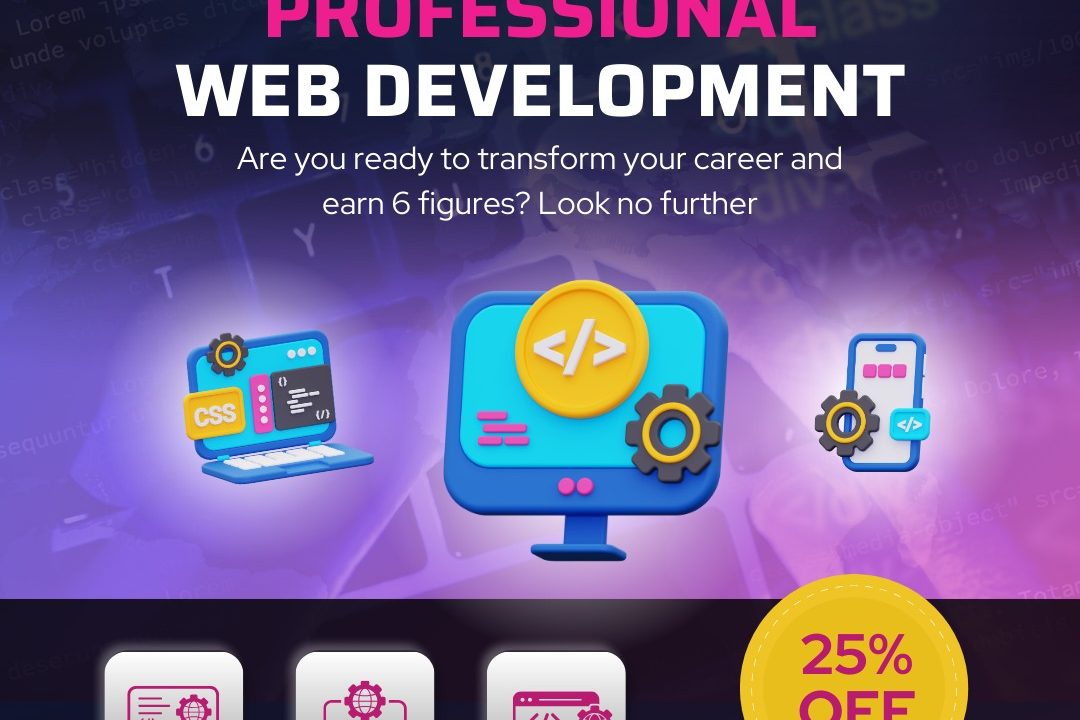C Xampp Htdocs Interviews Db Connection.Php On Line 5
In web development, particularly when using XAMPP as a local server environment, the `db_connection.
C Xampp Htdocs Interviews Db Connection.Php On Line 5
In web development, particularly when using XAMPP as a local server environment, the `db_connection.php` file inside the `htdocs` directory plays a crucial role in creating a bridge between PHP applications and MySQL databases. On line 5 of this file, database connection parameters are defined, including the hostname, username, password, and database name. This configuration is essential as it allows developers to establish a reliable connection to the database, enabling them to perform operations such as data retrieval, insertion, and updates. Understanding the importance of this connection and how to troubleshoot potential issues is vital for web development interviews, showcasing a candidate's proficiency in backend programming and database interaction.
To Download Our Brochure: https://www.justacademy.co/download-brochure-for-free
Message us for more information: +91 9987184296
In web development, particularly when using XAMPP as a local server environment, the `db_connection.php` file inside the `htdocs` directory plays a crucial role in creating a bridge between PHP applications and MySQL databases. On line 5 of this file, database connection parameters are defined, including the hostname, username, password, and database name. This configuration is essential as it allows developers to establish a reliable connection to the database, enabling them to perform operations such as data retrieval, insertion, and updates. Understanding the importance of this connection and how to troubleshoot potential issues is vital for web development interviews, showcasing a candidate's proficiency in backend programming and database interaction.
Course Overview
The course “C XAMPP htdocs Interviews: db_connection.php on Line 5” is designed to equip participants with the necessary skills required to master database connectivity in a local development environment using XAMPP. Throughout the course, learners will explore the fundamental concepts of PHP and MySQL integration, focusing specifically on creating and configuring the `db_connection.php` file. Emphasis will be placed on understanding the significance of connection parameters defined on line 5, enabling students to efficiently establish and troubleshoot database connections. With hands-on projects and real-world interview scenarios, this course will prepare individuals for technical interviews that assess their capabilities in web development and database management, ensuring they can confidently navigate the intricacies of backend development.
Course Description
The “C XAMPP htdocs Interviews: db_connection.php on Line 5” course is a focused training program designed to enhance your skills in establishing and troubleshooting database connections using PHP within a XAMPP environment. Participants will gain a thorough understanding of the critical elements involved in the `db_connection.php` file, particularly the importance of parameters specified on line 5. Through practical exercises and real-world project applications, this course will prepare you for technical interviews and equip you with the knowledge to effectively manage database interactions in your web development projects. Join us to build your confidence and expertise in backend connectivity.
Key Features
1 - Comprehensive Tool Coverage: Provides hands-on training with a range of industry-standard testing tools, including Selenium, JIRA, LoadRunner, and TestRail.
2) Practical Exercises: Features real-world exercises and case studies to apply tools in various testing scenarios.
3) Interactive Learning: Includes interactive sessions with industry experts for personalized feedback and guidance.
4) Detailed Tutorials: Offers extensive tutorials and documentation on tool functionalities and best practices.
5) Advanced Techniques: Covers both fundamental and advanced techniques for using testing tools effectively.
6) Data Visualization: Integrates tools for visualizing test metrics and results, enhancing data interpretation and decision-making.
7) Tool Integration: Teaches how to integrate testing tools into the software development lifecycle for streamlined workflows.
8) Project-Based Learning: Focuses on project-based learning to build practical skills and create a portfolio of completed tasks.
9) Career Support: Provides resources and support for applying learned skills to real-world job scenarios, including resume building and interview preparation.
10) Up-to-Date Content: Ensures that course materials reflect the latest industry standards and tool updates.
Benefits of taking our course
Functional Tools
1 - XAMPP: XAMPP is an open source cross platform package that provides a convenient way to set up a local web server environment. It includes Apache, PHP, and MySQL, which are essential for developing and testing PHP applications. With XAMPP, students can easily create and manage their web applications without needing a remote server. The simplicity of installation and configuration allows students to focus more on coding rather than server management, making it an ideal choice for beginners.
2) htdocs: The ‘htdocs’ folder is the root directory for the XAMPP server where web files are stored and served. When students create their PHP files, they save them in this directory to make them accessible through their local server. Understanding the structure and purpose of ‘htdocs’ is crucial for students as it allows them to organize their projects effectively. This structured approach to file management ensures that students can implement their applications properly without encountering file path errors during execution.
3) PHP: PHP is a server side scripting language widely used for web development. It allows developers to perform various functions like connecting to databases, processing forms, and managing sessions. By learning PHP, students gain the ability to create dynamic web applications that can interact with databases and respond to user input. This programming language's flexibility and ease of integration with HTML make it a powerful tool for developing comprehensive web solutions.
4) Database Connection: Establishing a database connection is a fundamental concept in web development, enabling applications to interact with data stored in databases. Students will learn various methods for connecting to databases using PHP, such as the `mysqli_connect()` function. This practical skill is essential as it underpins the operational functionality of most web applications, allowing data retrieval, storage, and manipulation, which is integral for any project with a back end component.
5) Error Handling: Managing errors effectively is critical in programming. In the context of establishing database connections, students will explore error handling techniques that help identify and rectify connection issues. They will learn how to implement `die()` functions for debugging and gain insights into enhancing code robustness through structured error management. This knowledge not only improves application reliability but also helps in developing a programmer's problem solving skill set.
6) Line by Line Debugging: Debugging involves analyzing code to identify and fix bugs or errors. In this course, students will focus on line by line debugging, especially in connection scripts like ‘db connection.php on line 5’. By understanding how to pinpoint problems through thorough code examination, students will develop critical analytical skills. These debugging practices are vital for ensuring that applications run smoothly and efficiently, allowing developers to enhance their code quality continually.
7) Real Time Project Implementation: A key aspect of learning PHP and database connectivity is the application of theoretical knowledge through real time projects. Students will engage in hands on experiences where they can build complete web applications from scratch, allowing them to implement a database connection and manage data dynamically. This approach not only reinforces their learning but also provides valuable portfolio pieces that showcase their skills to future employers.
8) Understanding SQL Queries: Alongside PHP, understanding SQL (Structured Query Language) is fundamental for interacting with databases. Students will learn how to construct SQL queries to perform various operations such as SELECT, INSERT, UPDATE, and DELETE. This knowledge is crucial as it enables students to retrieve and manipulate data effectively, providing them with the skills needed to perform database operations seamlessly within their PHP applications.
9) Secure Database Connections: As students progress in their understanding of PHP and database interaction, they will also delve into the importance of security when handling database connections. Topics such as using prepared statements, parameterized queries, and securing database credentials will be covered. By learning to implement these best practices, students will enhance their applications' security, safeguarding against vulnerabilities like SQL injection attacks.
10) Session Management: Another important concept in web development is session management, which allows developers to maintain user state across multiple pages. Students will learn how to use PHP sessions for tracking user logins and storing temporary data. This feature is essential for creating interactive web applications that require user authentication and personalized experiences.
11 - Working with JSON and APIs: As part of their training, students will explore how to integrate external data sources by working with JSON (JavaScript Object Notation) and APIs (Application Programming Interfaces). This skill allows students to connect their PHP applications to third party services, enriching their projects with data from various sources and exposing them to contemporary web development practices.
12) Building a User Friendly Interface: In addition to backend programming, students will gain insights into front end development, focusing on HTML, CSS, and JavaScript. Understanding how to create user friendly interfaces will enable them to build visually appealing and responsive web applications. This comprehensive skill set ensures that students understand both the front end and back end aspects of web development.
13) Version Control with Git: Learning to use version control systems such as Git is vital for collaborative projects. Students will discover how to track changes in their code, revert to previous versions, and collaborate with others effectively. This knowledge is indispensable in the development world, where teamwork and code management are daily practices.
14) Deployment of Web Applications: Understanding the deployment process is crucial for students as they transition from development to production. They will learn about web hosting options, domain registration, and how to transfer files from their local server to a live server. This knowledge ensures that students can successfully launch their applications, allowing them to showcase their projects to a wider audience.
15) Real World Application Scenarios: To solidify understanding, students will engage in realistic scenarios that mimic industry challenges. By troubleshooting common issues faced during database connections and PHP coding, they will develop critical thinking and problem solving skills. These scenarios provide insight into the real world challenges developers encounter, preparing students for future employment in the tech industry.
By incorporating these points into the learning journey, JustAcademy empowers students with a comprehensive skill set in PHP development and database management, preparing them for successful careers in web development.
Browse our course links : https://www.justacademy.co/all-courses
To Join our FREE DEMO Session:
This information is sourced from JustAcademy
Contact Info:
Roshan Chaturvedi
Message us on Whatsapp:
Email id: info@justacademy.co











